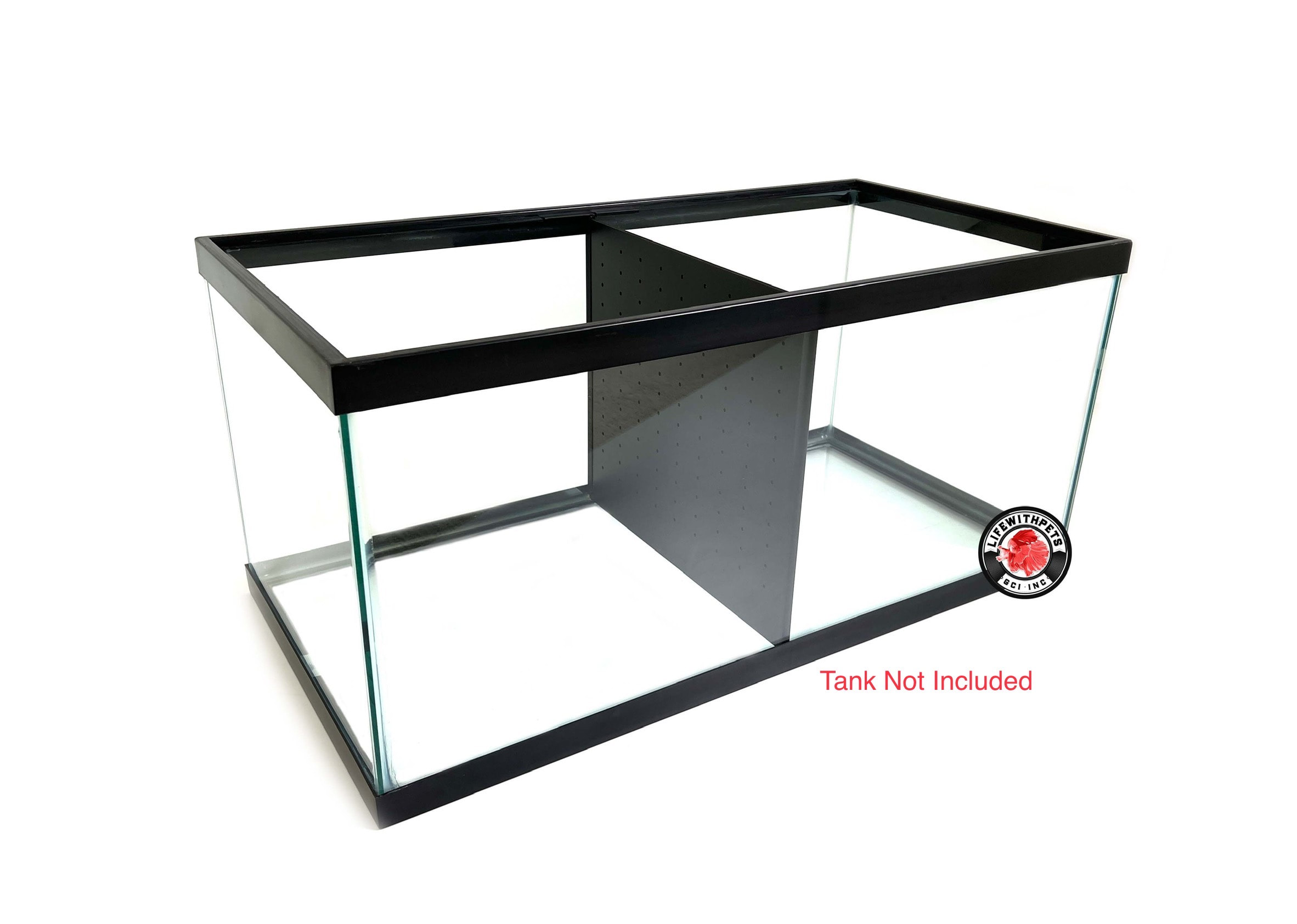Comparing canine brains using 3-D-endocast modelling
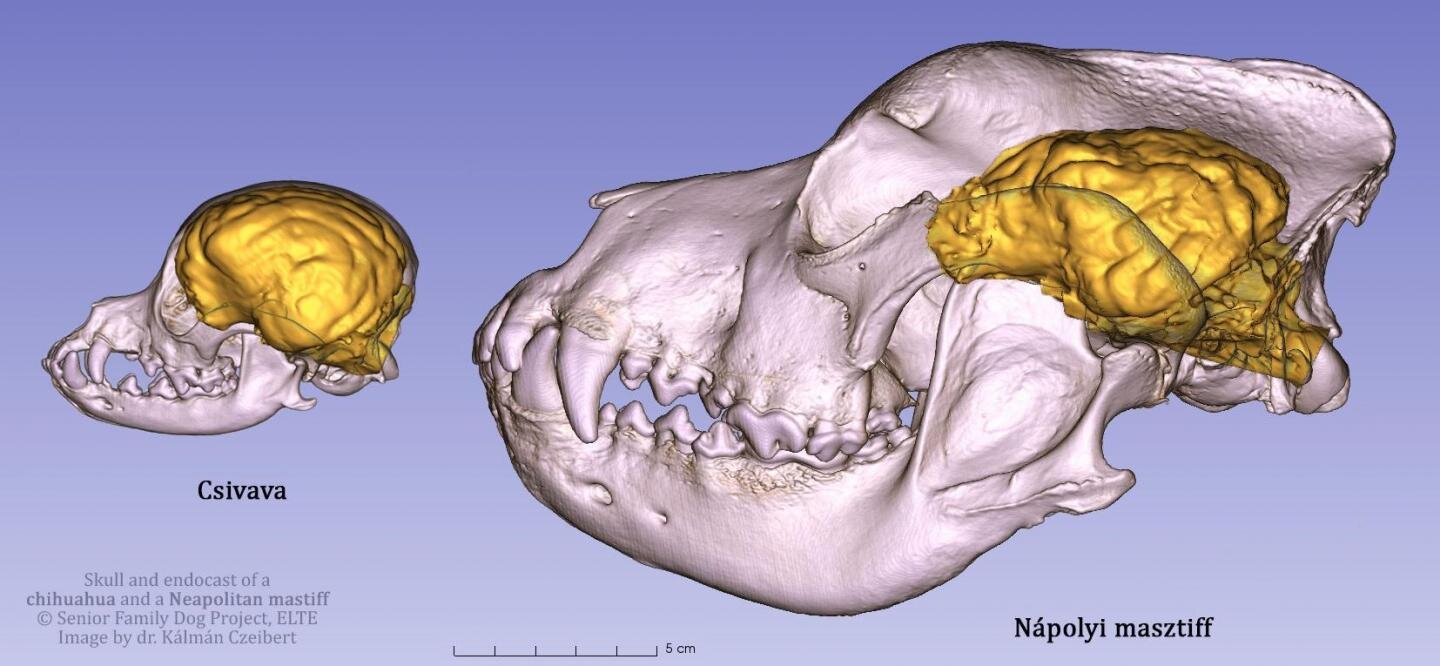
Based on digital endocranial cast models, the canine brain does not increase proportionally with body size. Researchers at ELTE Eötvös Loránd and Kaposvár University in Hungary reconstructed the surface morphology of 28 canine brains, including various dog breeds, wolves, coyotes, and jackals. The shortening of the facial skeleton greatly influences the ratio of certain brain regions, primarily the olfactory bulb and the frontal lobe. These changes may have profound implications for olfactory and problem-solving abilities.

Brains The Smithsonian Institution's Human Origins Program

Comparing canine brains using 3-D-endocast modelling
Human brain evolution, new insight through X
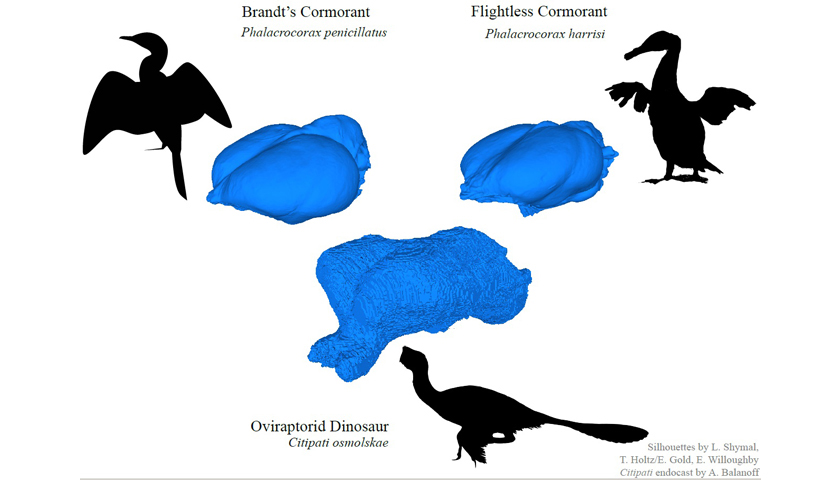
Comparing the Brains of Dinosaurs and Modern Birds Offers Insight into Relationships between Brain Shape and Behavior
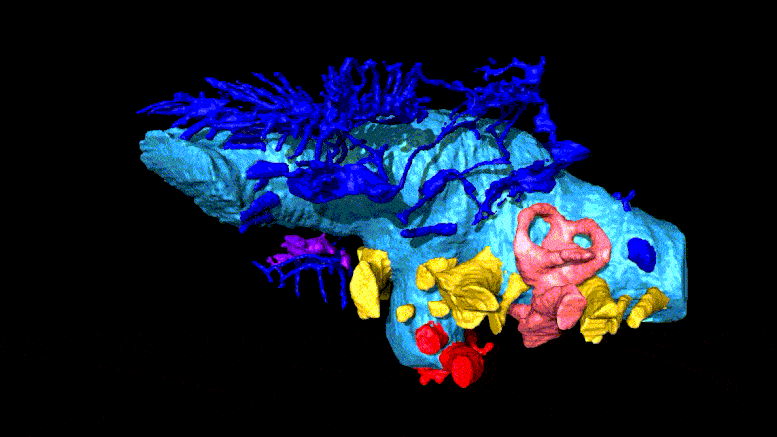
To Think Like a Dinosaur: Paleontologists Created the Most Detailed 3D-Model of Ankylosaur Brain

Study finds the brains of modern dog breeds are larger than those of ancient breeds

3D rendering of a human endocast with sulcal imprints In our series of #WorldAnatomyDay videos, today is a bit unusual! 🧠 The video is not featuring a bone or a tooth
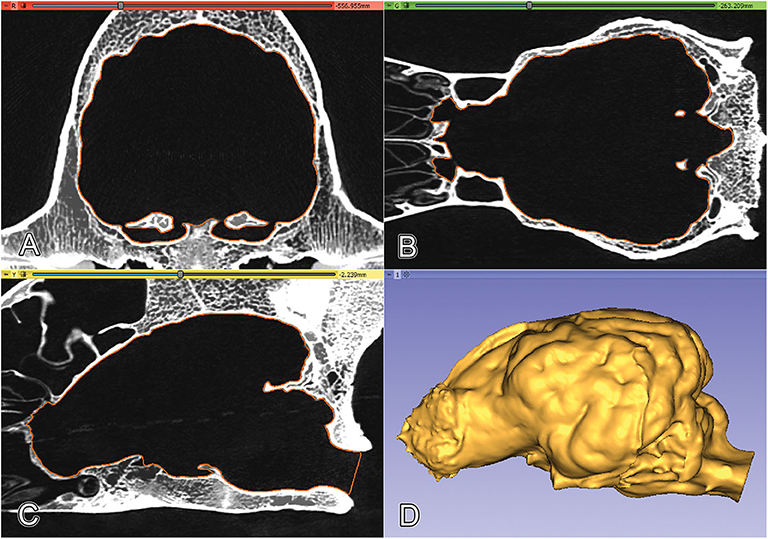
Frontiers Digital Endocasting in Comparative Canine Brain Morphology

Are endocasts reliable proxies for brains? A 3D quantitative comparison of the extant human brain and endocast - Dumoncel - 2021 - Journal of Anatomy - Wiley Online Library

The Endocranial Cavities of Sloths (Xenarthra, Folivora): Insights from the Brain Endocast, Bony Labyrinth, and Cranial Sinuses
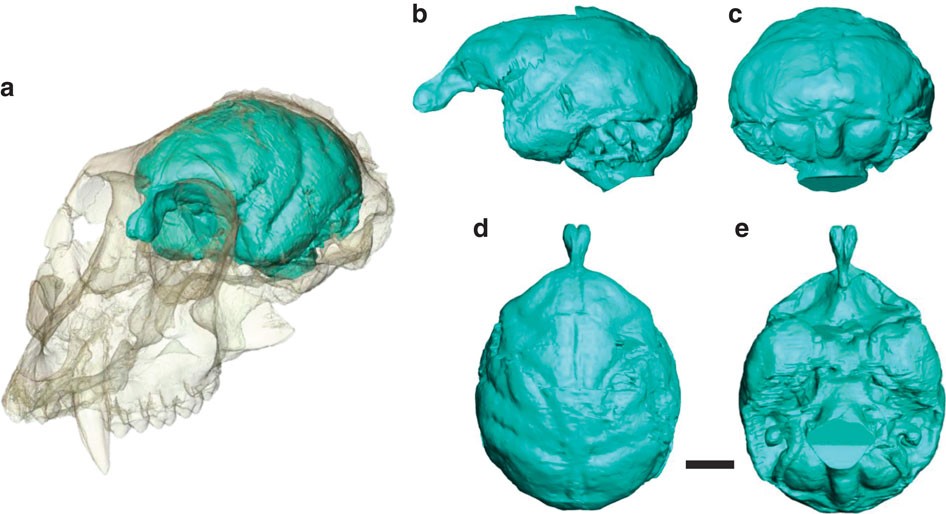
Cerebral complexity preceded enlarged brain size and reduced olfactory bulbs in Old World monkeys

The brain of fur seals, seals, and walrus (Pinnipedia): A comparative anatomical and phylogenetic study of cranial endocasts of semiaquatic mammals
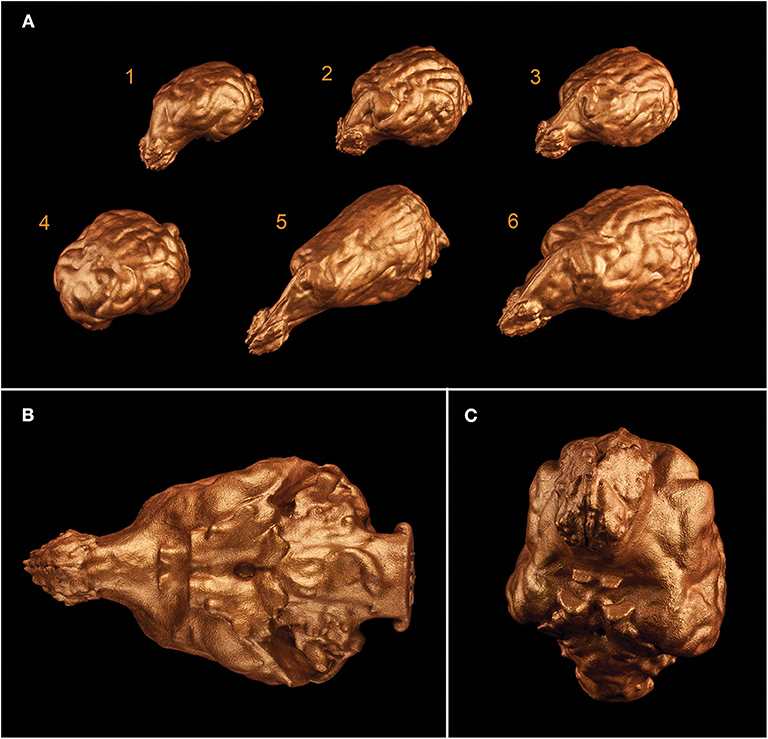
Frontiers Digital Endocasting in Comparative Canine Brain Morphology






